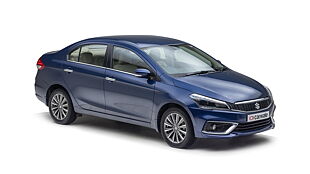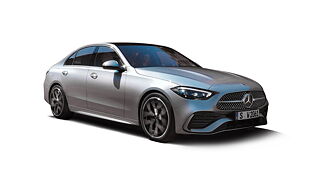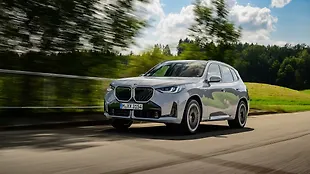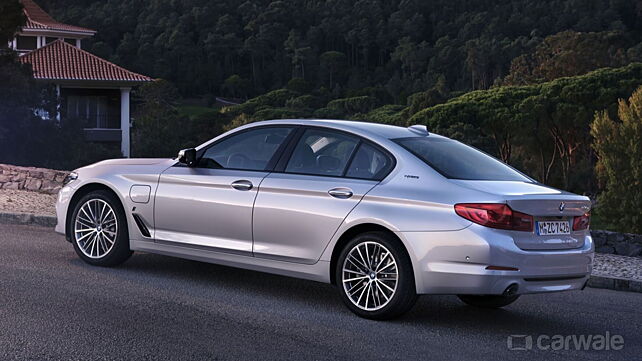
With BMW’s 530e out of the bag, there’s been some talk that BMW seems to have finally figured out that its buyers actually prefer efficient plug-in hybrids. A hybrid, as you know, is primarily an efficiency-oriented machine, rather than an outright performer. So, let’s check out how this powertrain ticks.
The BMW 530e gets power from a 2.0-litre turbocharged four cylinder petrol engine that works in close association with an eDrive AC synchronous electric motor. Now the electric motor is placed between the combustion engine and the eight-speed automatic transmission, in what’s called a gearbox bell housing. While BMW claims a combined total output of 248bhp and 420Nm of torque, it is capable of a total range of 650km and can cover 50km on pure electric power. As a matter of fact the 9.2 kilowatt-hour lithium-ion battery pack sits under the rear seats.

Unless the accelerator pedal is floored, this sedan will always resort to using electric power to pull away. Sources state that the engine is noisier than you’d expect when it powers up, and the power delivery isn’t aggressive, especially when the transmission kicks-down. BMW claims that the 0-100kmph sprint takes 6 seconds, and goes on to register a top speed of 234kmph - which is just 0.2 seconds off the 5.8 seconds the regular xDrive version registers. The BMW 530e gets a few modes like Auto eDrive, Max eDrive and battery control. The ‘Auto eDrive’ mode allows the car to pick the powertrain of its choice to extract the best efficiency, and can do up to 90kmph in EV mode. The ‘Max eDrive’ mode allows the system to swing in favour of electric power. And in this mode, the 530e can do up to 140kmph in EV mode. And finally, the ‘battery control’ mode is where the combustion engine charges the battery pack and powers the 530e.
This brings us to BMW’s new wireless charging system that the brand developed with inputs from Daimler-Benz. To give you a perspective, it charges one-third of the battery in 3.5 hours. But we haven’t gotten to the best part yet. ‘BMW Connected’ allows the car to sense the two-foot square charging pad under the car and the centre screen guides the driver over the pad with impressive accuracy. Plus, it gets its own set of safety features too, like a motion detector that switches the system off. So, you’re not getting a charge if an animal decides to lay under your car. Of course, the wireless charging is yet to go on sale, and should be slightly more expensive than a wall charging unit.

It's worth recalling that BMW started off its hybrid onslaught over five years ago with 3.0-litre motor and an electric motor combo that didn’t offer the promised efficiency. But BMW sure seems to have got the drift now by sensing the trend for more efficiency on plug-in hybrids, over the fun-to-drive aspect.

![BMW 5 Series [2013-2017] Image BMW 5 Series [2013-2017] Image](https://imgd.aeplcdn.com/272x153/ec/4b/3A/9761/img/m/BMW-5-Series-Right-Front-Three-Quarter-50065_ol.jpg?t=192127513&t=192127513&q=80)
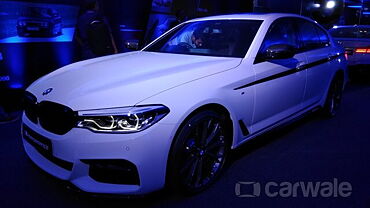






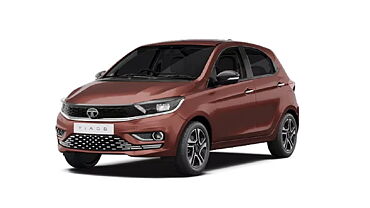







![BMW 5 Series [2013-2017] Right Front Three Quarter BMW 5 Series [2013-2017] Right Front Three Quarter](https://imgd.aeplcdn.com/199x112/ec/4b/3A/9761/img/m/BMW-5-Series-Right-Front-Three-Quarter-50065_ol.jpg?v=201711021421&q=80)
![BMW 5 Series [2013-2017] Right Rear Three Quarter BMW 5 Series [2013-2017] Right Rear Three Quarter](https://imgd.aeplcdn.com/199x112/ec/4b/3A/9761/img/orig/BMW-5-Series-Right-Rear-Three-Quarter-20872.jpg?v=201711021421&q=80)
![BMW 5 Series [2013-2017] Left Rear Three Quarter BMW 5 Series [2013-2017] Left Rear Three Quarter](https://imgd.aeplcdn.com/199x112/ec/9761/img/l/BMW-5-Series-Rear-three-fourth-15063.jpg?v=201711021421&q=80)
![BMW 5 Series [2013-2017] Steering Wheel BMW 5 Series [2013-2017] Steering Wheel](https://imgd.aeplcdn.com/199x112/ec/4B/3A/9761/img/l/BMW-5-Series-Steering-Wheel-20885.jpg?v=201711021421&q=80)
![BMW 5 Series [2013-2017] Interior BMW 5 Series [2013-2017] Interior](https://imgd.aeplcdn.com/468x263/ec/4B/3A/9761/img/l/BMW-5-Series-interior-Power-window-20891.jpg?v=201711021421&q=80)







